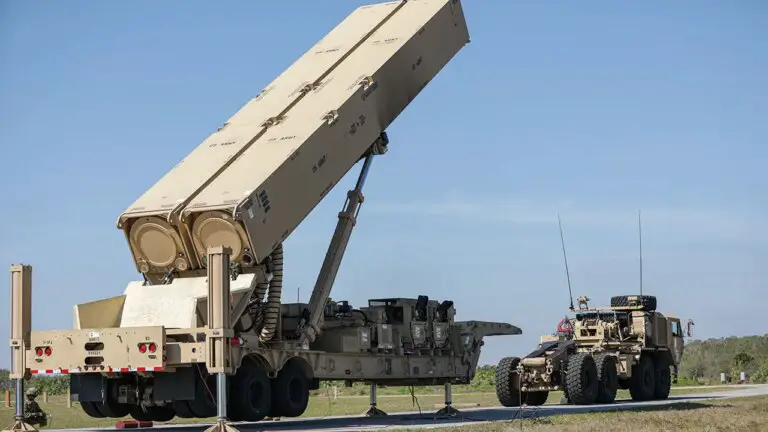U.S. Army’s Hypersonic Missile Test Delayed Again
The U.S. Army faced another setback in its quest to test a hypersonic missile at the Cape Canaveral Space Force Station in Florida. The Long-Range Hypersonic Weapon (LRHW), developed in collaboration with the U.S. Navy, had its test launch postponed for a second time this year.
Originally scheduled for Wednesday, this test followed a previous cancellation in March, as reported by The War Zone. The Department of Defense revealed that pre-flight checks were the reason for the delay.
According to a department spokesperson, “On Sept. 6, the Department planned to conduct a flight test at the Cape Canaveral Space Force Station, Florida, to inform our hypersonic technology development. As a result of pre-flight checks, the test did not occur.” Nevertheless, the spokesperson highlighted that valuable data regarding ground hardware and software performance was collected, aiding the progress towards deploying offensive hypersonic weapons, which remains a top priority for the Department.
The LRHW, as described by the Congressional Research Service, is a ground-launched missile equipped with a hypersonic glide body and accompanying transport, support, and fire control equipment. These hypersonic missiles can reach speeds exceeding 3,800 miles per hour and operate just beyond the range of air and missile defense systems, making them highly challenging to intercept.
Interestingly, the Department of Defense’s statement after this recent delay closely resembled the one issued in March when the first test launch was scrapped.
Navy Vice Adm. Johnny Wolfe explained the cause of the delay during a Congressional hearing: “Automated pre-flight checks identified that a battery did not activate, which resulted in not conducting the test.” The investigation into the cause is ongoing, with a commitment to correct any identified issues promptly.
The Army aims to introduce the first operational LRHWs by the end of the year. Additionally, the Navy plans to deploy these missiles on Zumwalt-class stealth destroyers and Block V Virginia-class submarines in the near future. The LRHW’s reported range is 1,725 miles, and its capabilities make it a formidable addition to the military’s arsenal.
While the delays are undoubtedly frustrating, the pursuit of hypersonic technology remains a key focus for the U.S. military, promising to reshape future defense strategies.
Please note that this article is for informational purposes only and does not contain the original author’s name or date.

